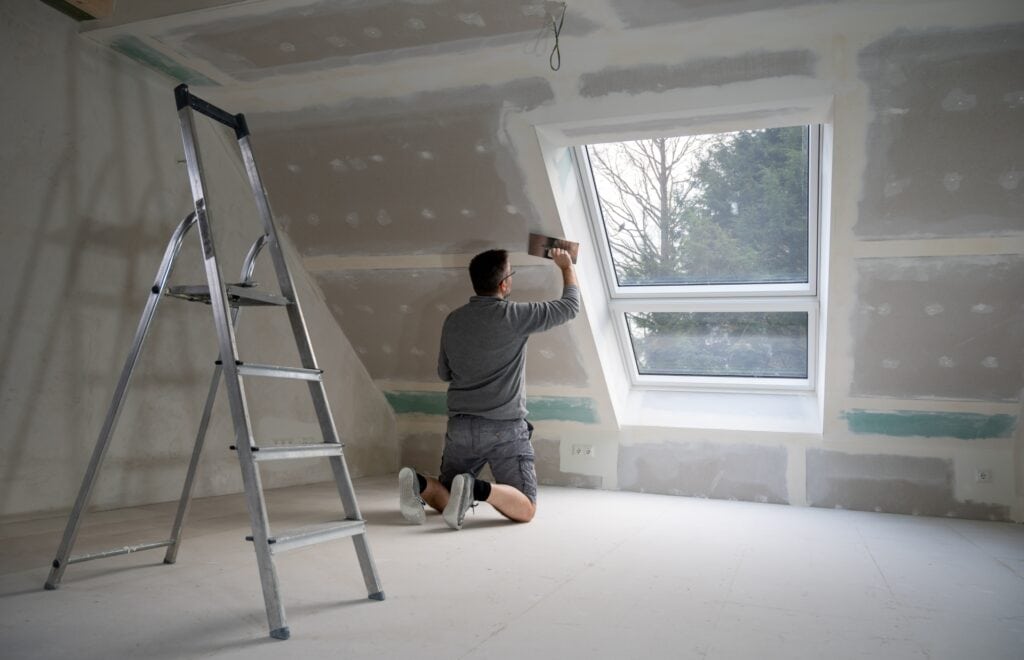Here in Australia, we can see some pretty crazy weather that’s often accompanied by high humidity and moisture levels. These environmental conditions pose challenges for maintaining the integrity and longevity of plastering in homes and buildings. Moisture and humidity can lead to mould growth, paint damage, and even structural issues. To ensure the protection and durability of plastering, here are some essential tips to follow.
Tip 1: Proper Ventilation
One of the most effective ways to prevent moisture-related problems is to ensure proper ventilation in your home. Good airflow helps to reduce humidity levels and prevent condensation from forming on walls and ceilings. Consider installing exhaust fans in kitchens and bathrooms and regularly opening windows to allow fresh air to circulate.
Tip 2: Waterproofing Measures
In areas prone to high humidity or moisture, such as bathrooms and basements, it is crucial to apply waterproofing techniques. Use waterproofing membranes on walls and floors before applying plaster to create a barrier against moisture intrusion. Additionally, consider using waterproof paints or sealants on plastered surfaces to provide an extra layer of protection.
Tip 3: Use Moisture-Resistant Materials
When selecting materials for plastering, opt for moisture-resistant options. Gypsum boards with water-resistant properties are ideal for areas exposed to moisture, such as bathrooms and kitchens. These boards are designed to withstand damp conditions and reduce the risk of damage from humidity.
Tip 4: Regular Maintenance
Regular maintenance is key to protecting plastering from moisture and humidity. Inspect your walls and ceilings periodically for any signs of water damage or mould growth. Promptly address any leaks or plumbing issues to prevent water from seeping into the plaster. If you notice any cracks or deterioration, get them repaired promptly to avoid further damage.
Tip 5: Adequate Insulation
Proper insulation helps regulate temperature and reduce condensation. Insulate exterior walls and roof spaces to prevent moisture build-up and subsequent damage to the plaster. Consider consulting a professional to determine the best insulation options for your specific climate and location.
Protecting plastering from moisture and humidity is essential to maintain the aesthetics and structural integrity of your home or building. By following these tips, you can safeguard your plastering against the adverse effects of moisture and humidity. Have any more questions? Get in touch with the team at Aspect Plastering Services.


